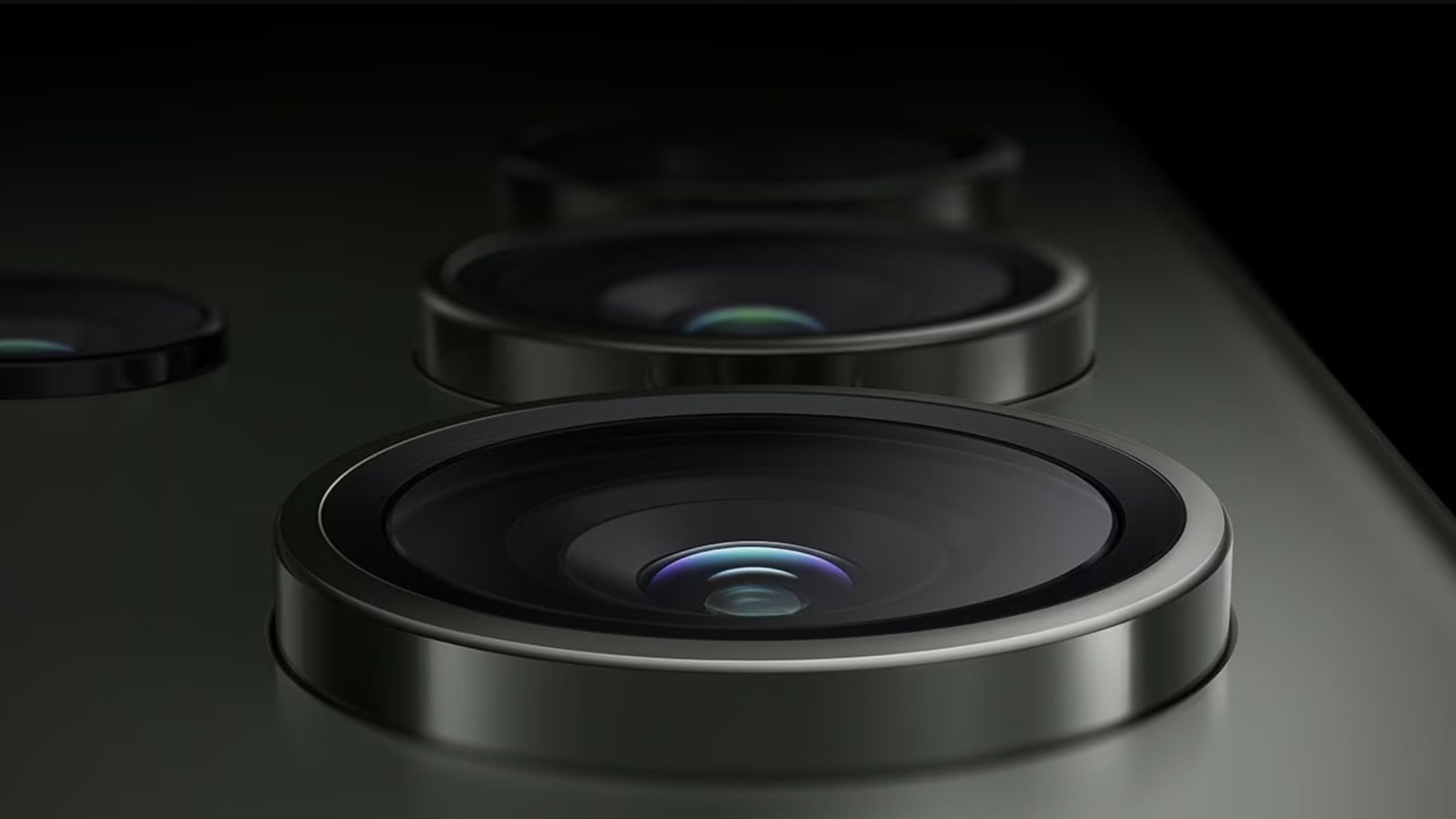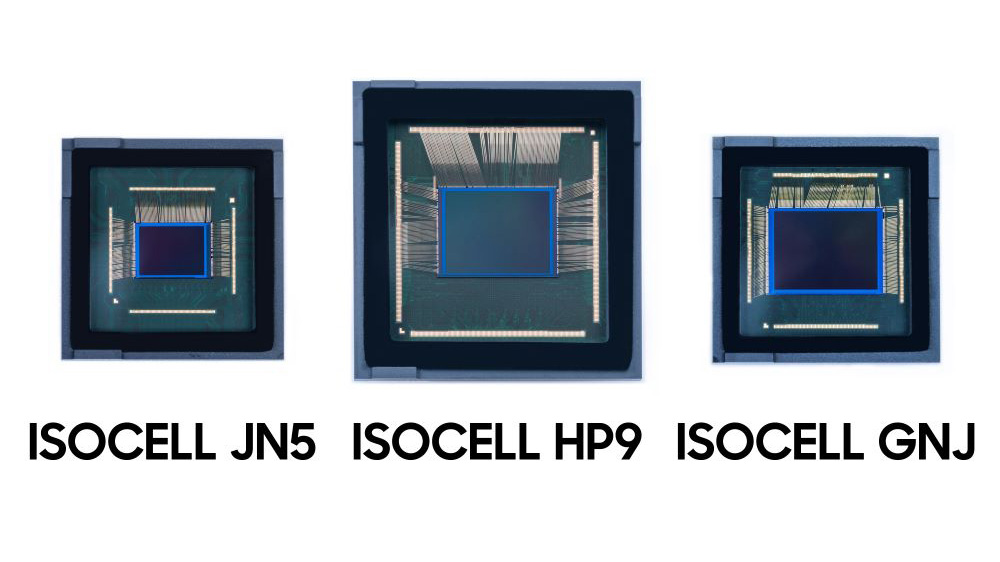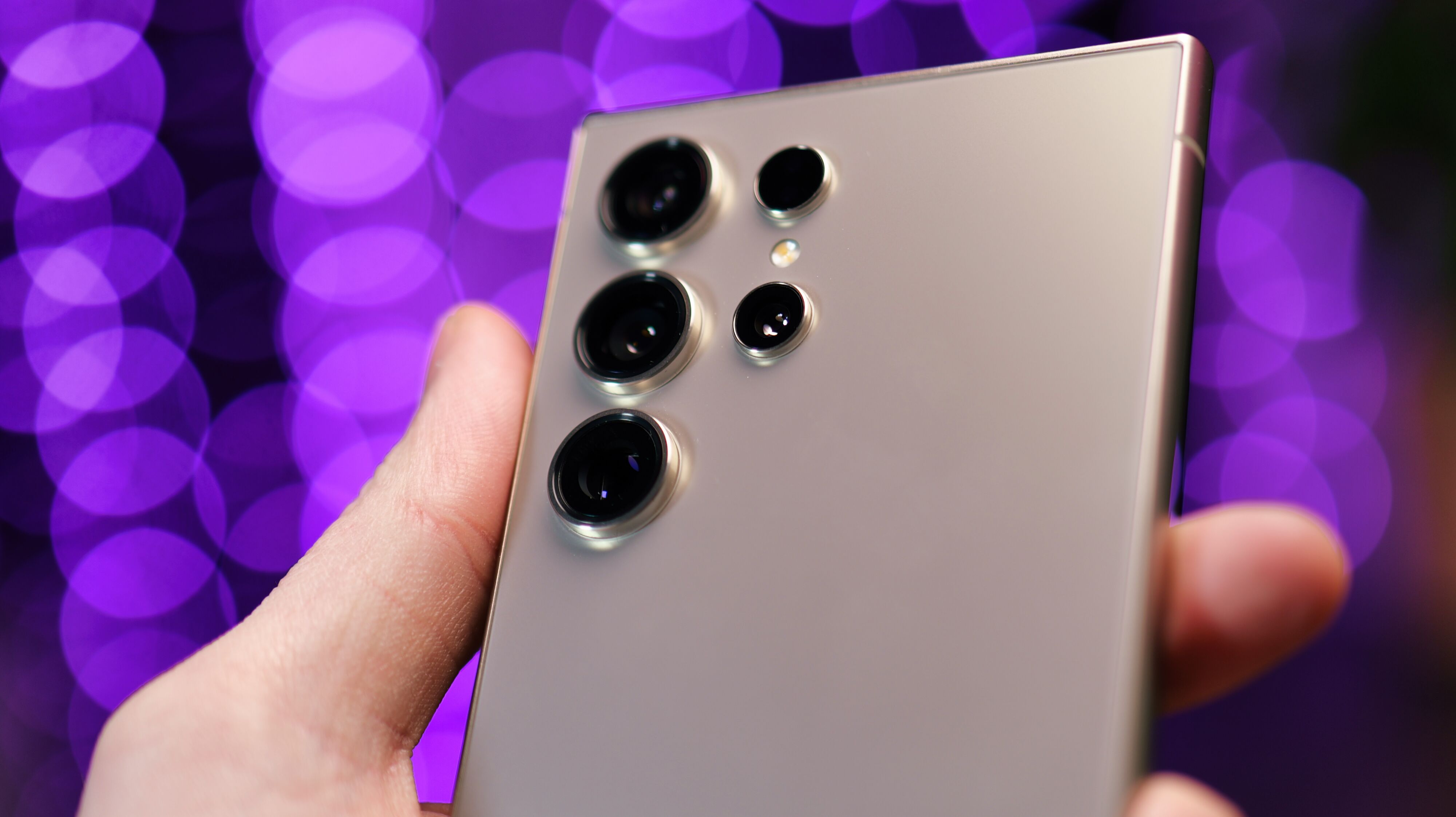
Samsung has announced three new image sensors designed for the primary and supplementary cameras in smartphones: ISOCELL HP9, ISOCELL GNJ and ISOCELL JN5.
Read more: The best camera phones in 2024

The most interesting sensor of the trio is the ISOCELL HP9. It's been designed as a sensor for a telephoto camera module, yet it boasts a huge 200MP resolution. This makes it the world's first 200MP telephoto sensor, with its resolution matching Samsung's ISOCELL HP1, HP2 and HP3 sensors used in numerous primary camera modules.
The new HP9 is also surprisingly large for a telephoto sensor, at 1/1.4-inch, meaning it's exactly the same size as the existing ISOCELL HP3. Consequently, a phone using the HP3 in its primary camera and the HP9 in its telephoto module could generate near-identical image quality across both cameras. At present this is rarely possible, as most telephoto cameras use a sensor that's significantly smaller than that in the neighboring wide-angle camera, resulting in inferior image quality.
The ISOCELL HP9 is capable of 16-into-1, 4x4 pixel binning - or Tetrapixel technology, in Samsung speak - so by default the sensor will output 12MP images. Alternatively, just a portion of the sensor can used for the final image, enabling 2x or 4x in-sensor zoom, which if combined with a 3x optical zoom lens would result in 12x total lossless zoom.
Samsung is also claiming a 12% improvement in light sensitivity thanks to the HP9's proprietary high-refractive microlens that features a "new material". This is also said to result in more vivid color reproduction, though some might say Samsung's existing color processing makes images from Galaxy phones vivid enough already.

The second of the newly announced sensors is the ISOCELL GNJ. This is a 50MP, 1/1.57-inch chip that's capable of dual-pixel autofocus, as well as in-sensor zoom. An improved high-transmittance anti-refractive layer (ARL) has been combined with Samsung's proprietary high-refractive microlens to increase light transmission and reduce unwanted reflections. This is also said to imrprove dynamic range accuracy, ensuring shadow areas do not end up overly brightened. Samsung is claiming a 29% reduction in power consumption when in preview mode, and a 34% improvement during 4K60 video recording.
Lastly is the smallest sensor of the bunch, the 1/2.76-inch ISOCELL JN5. This has been designed for use in wide-angle, ultra-wide-angle, front, or telephoto modules and incorporates Dual vertical transfer gate (Dual VTG) technology to minimize image noise and improve low light image quality. The sensor also uses Samsung's Super Quad Phase Detection (Super QPD) tech for improved focussing speed and accuracy.

It remains to be seen when these sensors will feature in a widely available camera phone, but we'd be surprised if the ISOCELL HP9 didn't show up in Samsung's next flagship handset, the Galaxy S25 Ultra. Although rumors suggest the S25 Ultra could feature dual 50MP telephoto cameras, moving to a 200MP module would certainly up the ante against Apple and Google. The periscope telephoto module in the current S24 Ultra uses a relatively small 1/2.52" sensor with 'only' 50MP resolution, so the significantly larger, more pixel-packed HP9 would provide a marked upgrade.







